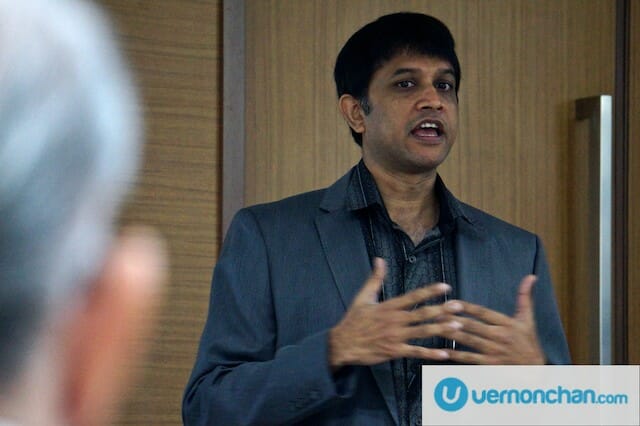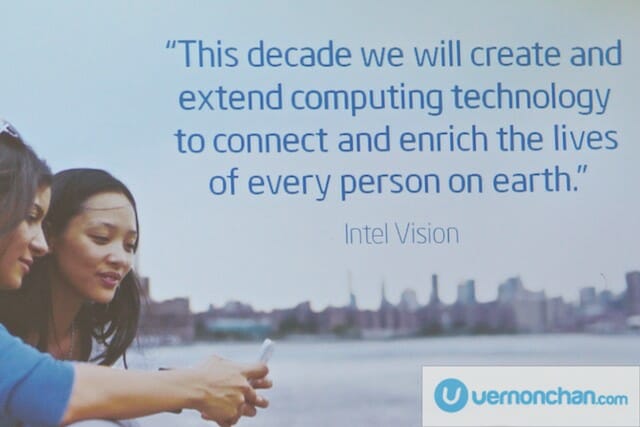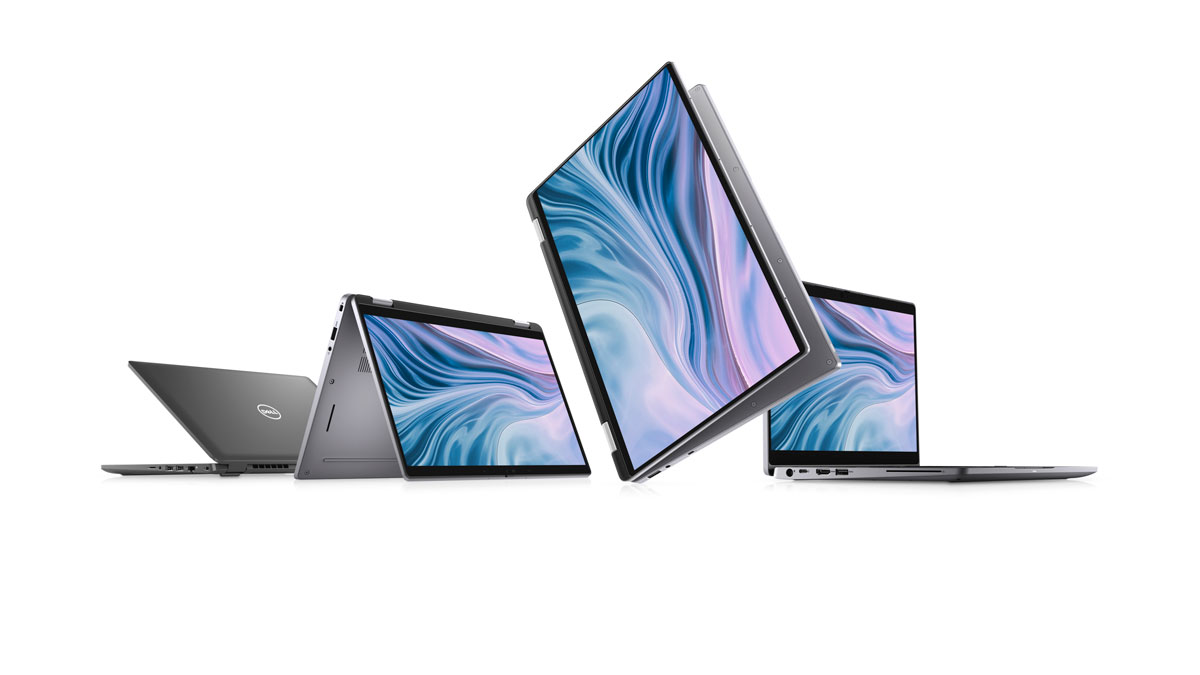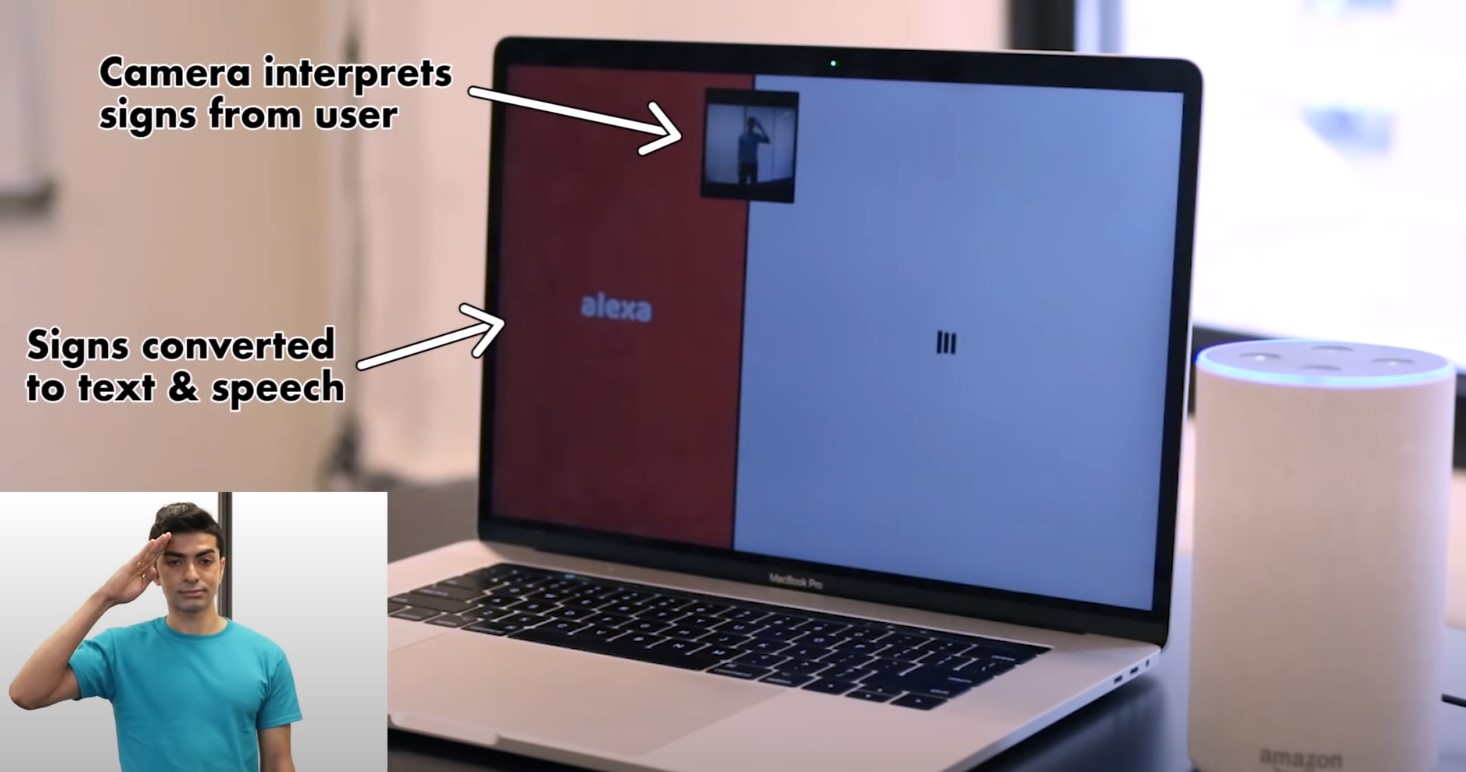
Kuala Lumpur, 20 November 2013 – The technology landscape through 2013 has been an exciting one with the Asia Pacific region playing host to much industry-defining innovation. Intel has been in the centre of it all – from delivering next generation processor platforms that spur tablet and mobile devices; to supporting governments and industries with Big Data; inspiring and enabling tomorrow’s innovators; and continuing to invest in socio-economic development. We, along with other media caught up with Prakash Mallya, Intel Country Manager for Singapore & Malaysia for a summary of 2013 for the technology leader, and what lies ahead in 2014.
Powering the changing PC landscape
One of the key announcements of 2013 was the coming of Intel’s much-anticipated 4th Generation Core Processor “Haswell”, a low-power, high performance architecture that enables a range of thinner, lighter, faster and more portable devices like 2-in-1 convertibles, tablets and smartphones.
In Intel Labs tests, PCs are nearly twice as fast as they were 4 years ago. In multimedia tasks like converting videos, performance gains are as high as 23x.
In May, Intel launched its Silvermont microarchitecture built on its innovative 22nm Tri-Gate System-on-a-Chip (SoC) process, delivering further increases in performance and energy efficiency. Silvermont delivers overs 3x more peak performance or matching performance at over 5x lower power consumption as compared to current-generation Intel Atom processor core.
Intel subsequently released the much-anticipated Intel Atom Z3000 series processor, known as Bay Trail, specially designed for tablets and smartphones. The Bay Trail product family is split into three types – Bay Trail-T (Z3000 series) for mobile devices; Bay Trail-M and Bay Trail-D for entry-level notebooks and desktops.
One of the key advantages of the new family of SoCs is that it runs both Windows 8 and Android, giving manufacturers flexibility to develop a wider range of products for consumers and business users.
Bay Trail’s low power, high performance has spurred growth in the mobile and portable device market with smartphones such as Lenovo K900, Motorola RAZR-I and tablets like the new ASUS Transformer Book T100.
Driving Big Data
International Data Corp (IDC) predicts that global big data technology and related services to grow at more than 31% each year. Revenues are expected to hit US$23.8 billion by 2016.
Recognizing that companies in the Asia Pacific required a platform to test-run data initiatives and proof-of-concepts for deployment, Intel partnered with Dell and Revolution Analytics to launch the Big Data Innovation Centre in Singapore.
Intel also, for the first time, ventured into Big Data software with Intel Distribution for Apache Hadoop software. The conceptual technology can help governments prepare for smart cities, as witnessed in China’s Zhejian Province where an Intelligent Transportation System involving 3,000 cameras with GPS terminals, integrated with Intel Distribution for Apache Hadoop software, was deployed.
To meet the demands of datacenter based graphics, Intel introduced its new Intel Xeon processor E3-1200 v3 product family, built on the 22nm manufacturing process and featuring ‘Haswell’ architecture.
It is predicted that the amount of stored data from 2012 to 2020 will double every two year, hitting 40ZB (that’s zetabytes for the uninitiated, which equals to a billion terabytes).
Keeping up with the huge increase in data consumption is crucial, and this is where the new Intel Xeon processor E5-2600 and E5-1600 v2 processors, also based on the industry-leading 22nm manufacturing process, excels. The new processor family brings affordability, scalability, security and performance for enterprises deploying private clouds.
Enabling the future
The Intel International Science and Engineering Fair (ISEF) is one of the world’s largest high school science research competition, where millions of aspiring young scientists and next-generation entrepreneurs are encouraged to use science and technology for social good — tackling topics from environmental disasters to cancer treatments.
This year saw more than 1,500 students from around the globe given an opportunity to travel to Phoenix Arizona to pitch their ideas.
Our Malaysian students did us proud, notably Nur Liyana Johari from Tuanku Syed Putra Secondary Science School taking the second award from the United Airlines Foundation and third awad in the environmental management, recycling and waste management category. She was awarded US$5,000 and US$1,000 respectively for her innovative project entitled ‘BIO-OIL: the use of specially made catalyst’.
Investing in APAC
In the APAC region alone, Intel Capital has invested over US$2 billion to date, focusing on mobile computing, consumer internet, cloud computing, Ultrabook, software and services, smartphones and semiconductor design and manufacturing segments.
Intel Capital’s six new investments in 2013 also saw two portfolio exits through successful IPOs from Aspeed Technology (Taiwan) and Montage Technology (China).
To reinforce its investment in partners further across the globe, the Intel Technology Partner (ITP) was designed to help train, support and position channel partners. Last year Gold and Platinum membership in ITP increased 50% in the Asia Pacific. Currently, the program has 9,399 Gold and Platinum partners across Asia Pacific and 31,700 globally.
Making a difference in the community
Intel has an employee volunteer program called ‘Intel Involved’ designed to empower, support and recognise employees who volunteer in their communities. This approach ensures Intel’s involvement with communities provides sustainable solutions as opposed to reactive and ad-hoc support.
Throughout the year, Intel employees were involved in much social good – from “1K:I’m in” campaign as part of Intel Malaysia’s 40th-year anniversary celebrations where RM930,000 or equivalent of 60,000 volunteer hours were contributed through 2012.
Intel Malaysia employees also participated in seasonal Festive Cheer programs for the 13th year running, and Intel Involved Volunteers also helped setup a computer lab for students of Sekolah Kebangsaan Convent Bukit Mertajam.
In addition, Intel Malaysia also ran its bi-annual Blood Donation Drives with over 400 donors involved each stint.









